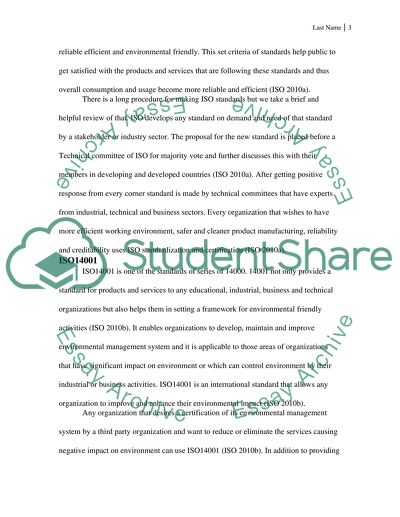Cite this document
(“Health, Safety and Environmental Legislation for Engineers Assignment”, n.d.)
Retrieved from https://studentshare.org/family-consumer-science/1404670-health-safety-and-environmental-legislation-for
Retrieved from https://studentshare.org/family-consumer-science/1404670-health-safety-and-environmental-legislation-for
(Health, Safety and Environmental Legislation for Engineers Assignment)
https://studentshare.org/family-consumer-science/1404670-health-safety-and-environmental-legislation-for.
https://studentshare.org/family-consumer-science/1404670-health-safety-and-environmental-legislation-for.
“Health, Safety and Environmental Legislation for Engineers Assignment”, n.d. https://studentshare.org/family-consumer-science/1404670-health-safety-and-environmental-legislation-for.


